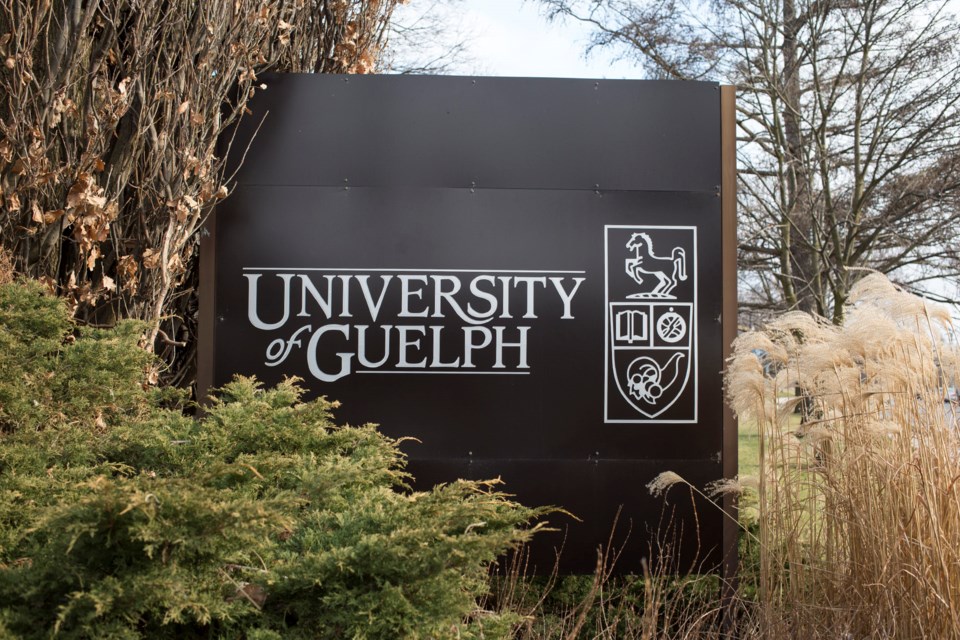NEWS RELEASE
UNIVERSITY OF GUELPH
*************************
Finding new “carbon catchers” to help reduce industrial emissions of greenhouse-warming gases is the goal of a new $540,000 federal grant awarded to a University of Guelph professor.
University emeritus professor William Smith, Department of Mathematics and Statistics, will use the three-year Strategic Project Grant from the Natural Sciences and Engineering Research Council (NSERC) announced today to seek out new chemical solvents for capturing CO2 emitted by industry.
Smith, an expert in molecular-based thermodynamic modelling, hopes to find solvents that will make it more cost-effective for industry to capture CO2 either for ultimate storage or for making useful products.
He will work with chemists at Blaise Pascal University in France, who have received comparable project funding from that country’s national scientific research agency for experimental studies.
Carbon capture and storage is considered to be one of the most promising ways to reduce greenhouse gas emissions, according to the group’s funding application.
The Guelph project is intended to improve solvents used by industry, including demonstration facilities in Saskatchewan and Alberta.
Canadian efforts to develop and apply molecular-based theoretical tools for such engineering problems are “extremely rare,” said Smith. Earlier, he developed a key algorithm that will underpin the new project and that is widely used by international researchers.
Smith has used similar molecular-based approaches to study salt solutions for environmental and biological applications, and to design more environmentally friendly refrigerants.
He says simulation methods are less expensive and more efficient than undertaking numerous, costly experiments with complex systems.
“You can’t find better solvents through experiments alone. You have to combine it with theory and models,” he said.
He will use NSERC funding to support graduate and undergraduate students and post-doctoral researchers. “This will give them important transferable skills to potentially contribute to Canada’s high-technology workforce across a broad range of industries.”
The team proposes to use the computing facilities of SHARCNET, an Ontario-based network of high-performance computers employed by researchers at Canadian universities, colleges and research institutes.
*************************
